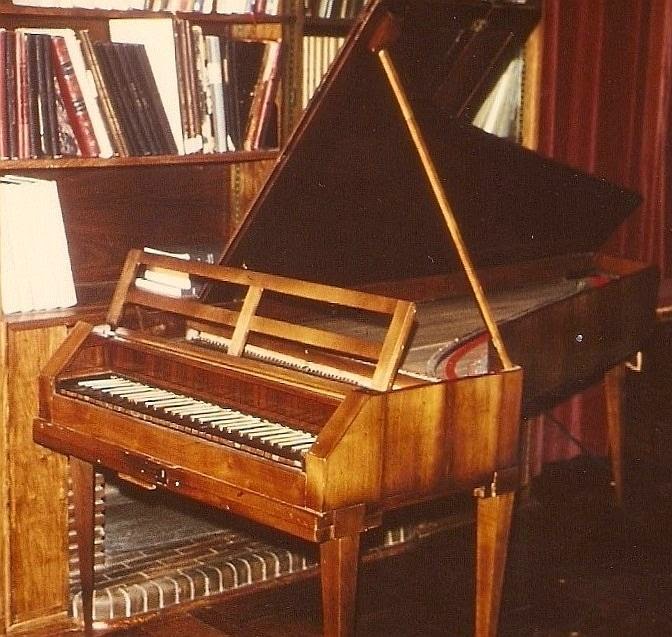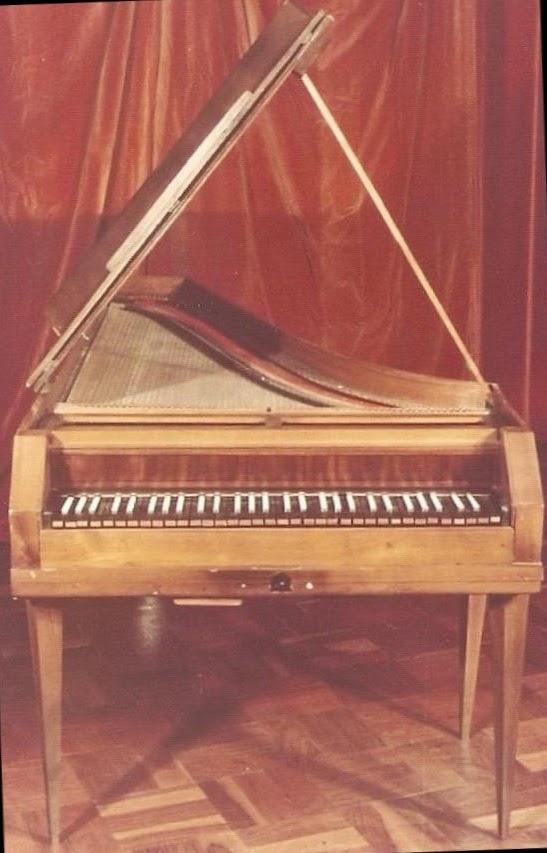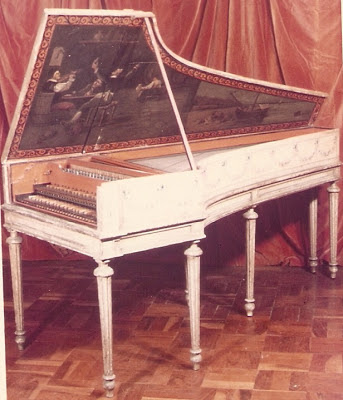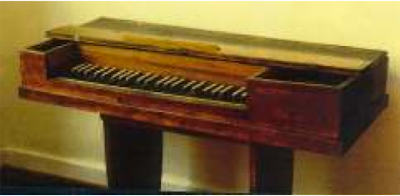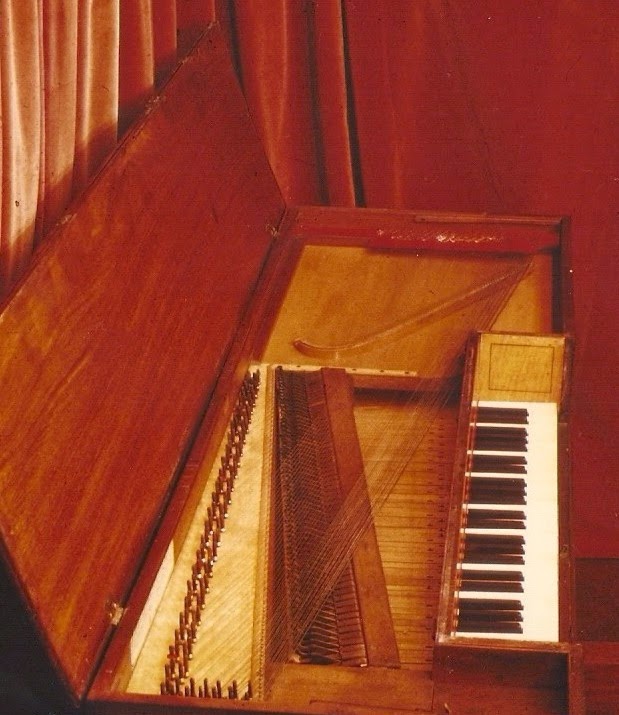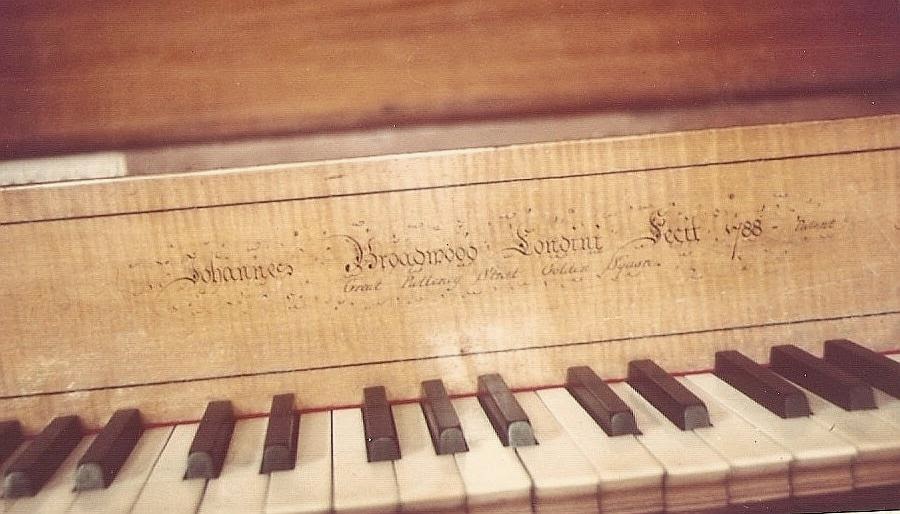
Hans Adler always had a particular passion for chamber music, especially keyboard work, and assembled the finest collection of this type in the Republic of South Africa, and one of the most noted in the World. (He was also an accomplished pianist, and frequently performed with visiting musicians and the SABC. (South African Broadcasting Corporation) - often on early instruments.
The keyboard collection shows the development of the keyboard instrument and includes many rare pieces. The Museum he assembled over the years comprised 3 parts:
- A collection of 20 mostly rare early keyboard instruments
- An enormous library of books, manuscripts, sheet music and periodicals, mainly focused on his chamber music and multi-hand keyboard passion. This included a showcase of rare and unusual items, manuscripts and prints of particular interest to musicologists (https://aldercraft.blogspot.com/)
- Personally dedicated photos from nearly 200 renowned classical artists and groups that performed through him in Southern Africa between 1950 and 1978. (http://classicalmusicianstoza.blogspot.ca/) Also 3 personal autograph books with 200 odd dedications, comments and memories from the performers, most of whom became or still are renowned and highly- respected performers throughout Europe and America.
Most of the Collection was willed to the Wits University of Johannesburg on his death in 1979, where a Hans Adler Memorial Music Museum was established, displaying many of his keyboard instruments, dictionaries and encyclopedias, and the display case rare musical issues.
On opening the museum in 1980, Wits University issued a "Hans Adler Memorial Volume", a collection of tributes, ISBN 0854946217 (https://classicmusicmemorialhadler.blogspot.com/) The music scores and periodicals (with just a dedication decal) were absorbed by/incorporated into their main university library.















